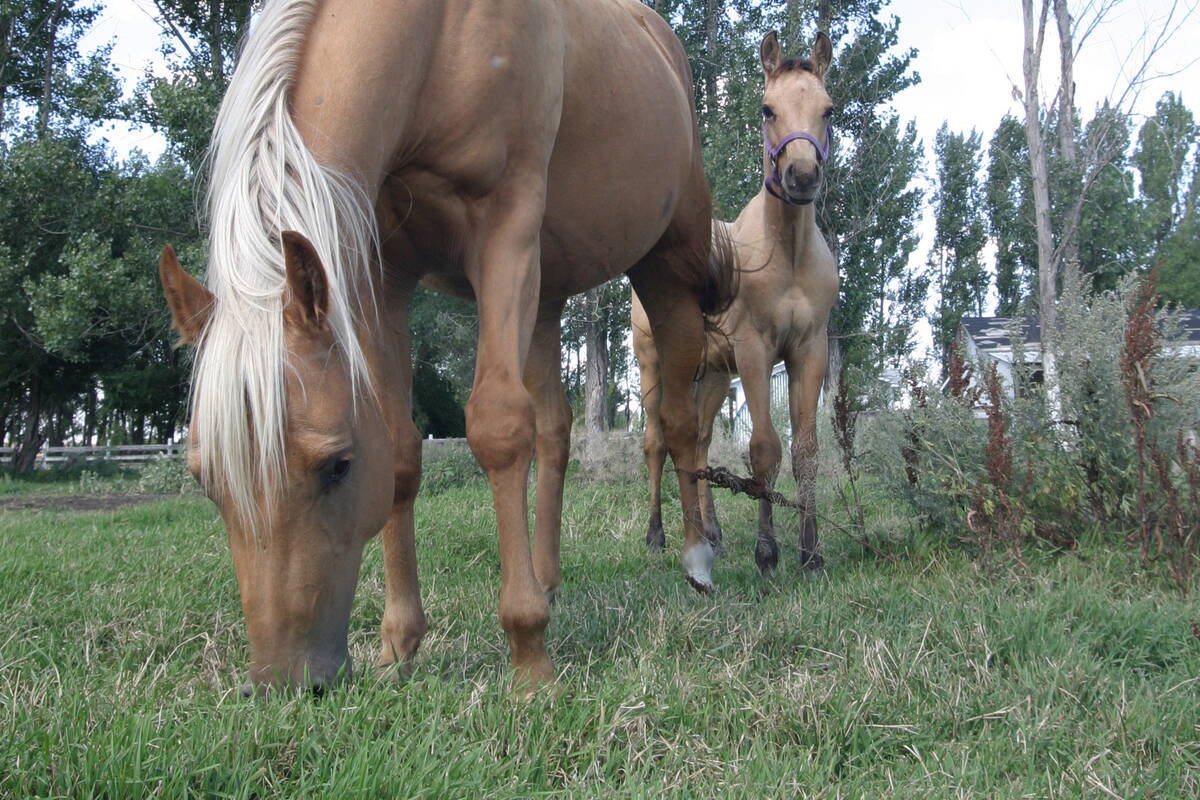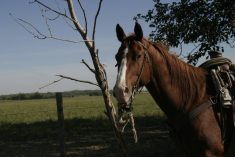Relaxation in horses is powerful medicine. It does not come in a pill or vial, by needle injection or even by an elixir yet it is an essential property of health and well-being. Conversely tension and stress within the body creates lack of ease or “dis-ease,” eventually being expressed as behavioural and/or physical changes.
Stress adversely impacts the digestive, immune, reproductive, and cardiovascular systems of horses as well as their mental functioning and ability to learn or perform. Cribbing, weaving, pawing, diarrhea, colic, and ulcers are but a few expressions of stress in horses.
Read Also

Ignoring growth plates sabotages young horse development
Young horse training plans and workloads must match their skeletal development. Failing to plan around growth plates can create lifelong physical problems.
Recognizing those elements that stress your horse are equally important as knowing those elements which relax and bring comfort to your horse. What may appear stressful to one horse may be insignificant to another.
There is great variability in this matter amongst horses. Feedstuffs, surrounding environment, companions, lifestyles, routines, and handlers influence individual horses differently.
Stress is an inevitable part of life, even a horse’s life. It becomes important as a caretaker to observe and recognize the physical and behavioural responses from horses. This allows a better understanding of the attitudes that lie beneath the symptoms and thus an entry point to affect those attitudes.
Recognizing and/or reading a horse’s body language provides valuable insight into what troubles or what benefits a horse. Simply observing a horse during everyday handling is a good indicator of his emotional state. Ear position, wrinkles on the muzzle and/or around the eye, expressions of the eye, tone of the tail are only a few of the endless nuances that bring valuable information about the emotional weather of a horse.
A horse that is apprehensive will vocalize, stare blankly, disassociate, elevate its head above the withers, be reluctant to stand still, tense its jaw, clamp its tail, and hold its breath. Breath holding is very common in horses. One can get an impression a horse is holding its breath by watching the rise and fall of the belly along the rib cage. A horse’s emotional state will relax once again when breathing is restored.
Licking, chewing and yawning are ways horses release, especially that tension carried in their temporomandibular joint (TMJ), and move towards a feeling of ease. Lowering the head, softening of the eyes, relaxation of the jaw, snorting, passing gas, shaking of the head and neck, and even shaking of the entire body are also ways the horse is communicating that he is unwinding.
Learning the body language of horses takes time and practice. Observing your horse’s postures and expressions and how they change as the world around them changes offers valuable clues as to what brings them closer or further away from health. This is one of the most rewarding skills that any horse owner can develop.















